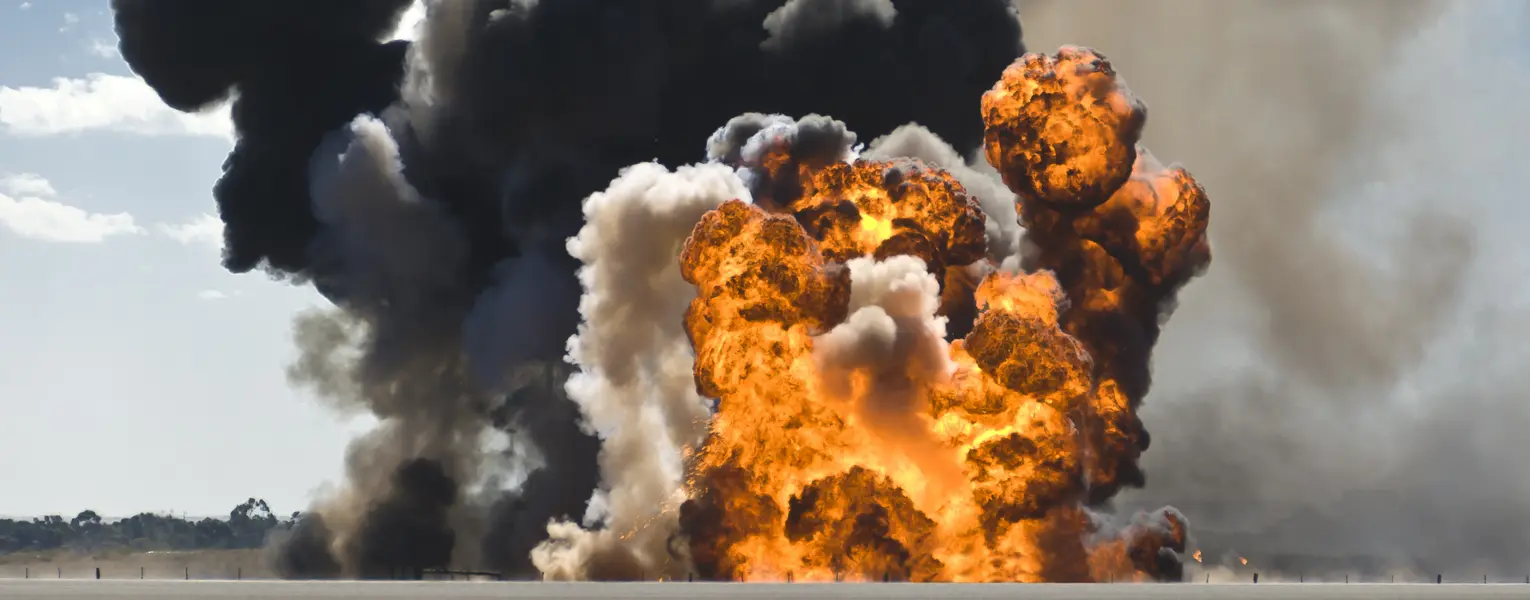A full range of experimental and analytical services is available to evaluate explosive material hazards. Resources include large- and small-scale fire research facilities, explosive and propellant test ranges, vapor explosion facilities, and computer modeling. We can determine the relationships among fuel, oxidants, diluents, temperature, and pressure with respect to ignitibility. Triangular flammability diagrams can be developed for various temperatures and pressures that graphically depict regions of danger and safety. Ignition tests can be performed over regions of flammability to determine the energy required to initiate combustion. Data can be used for Safety Data Sheets (SDS) or to improve the safety of chemical processes.
For questions about this testing, please contact Marina Gonzalez at +1 210 522 6423.
Gas & Vapor Explosibility Characterization
We help our clients determine the relationships among fuel, oxidants, diluents, temperature, and pressure with respect to ignitibility. Standard test procedures include:
- Various ASTM flash point tests
- ASTM E1232: Temperature Limit of Flammability
- ASTM E681: Concentration Limits of Flammability of Chemicals (Vapors and Gases)
- ASTM E918: Limits of Flammability of Chemicals at Elevated Temperature and Pressure
- ASTM E2079: Limiting Oxygen (Oxidant) Concentration in Gases and Vapors
- ASTM E582: Minimum Ignition Energy and Quenching Distance in Gaseous Mixtures
- ASTM G125: Liquid and Solid Material Fire Limits in Gaseous Oxidants
- ASTM E 659: Autoignition Temperature of Liquid Chemicals
- ASTM G 72: Autogenous Ignition in a High-Pressure Oxygen-Enriched Environment


